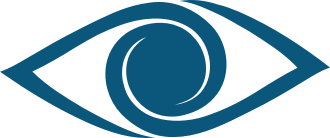In people who have both astigmatism and nearsightedness, the surgeon may make additional cuts to flatten the misshapen part of the cornea that is causing the astigmatism. Because laser surgeries have become more common than surgeries that involve cutting (incisions), RK is not done very often.
Good candidates for RK have normal, healthy eyes with stable, mild-to-moderate nearsightedness (up to about 3 diopters) that is not getting worse with time. RK may also correct some amount of astigmatism.


